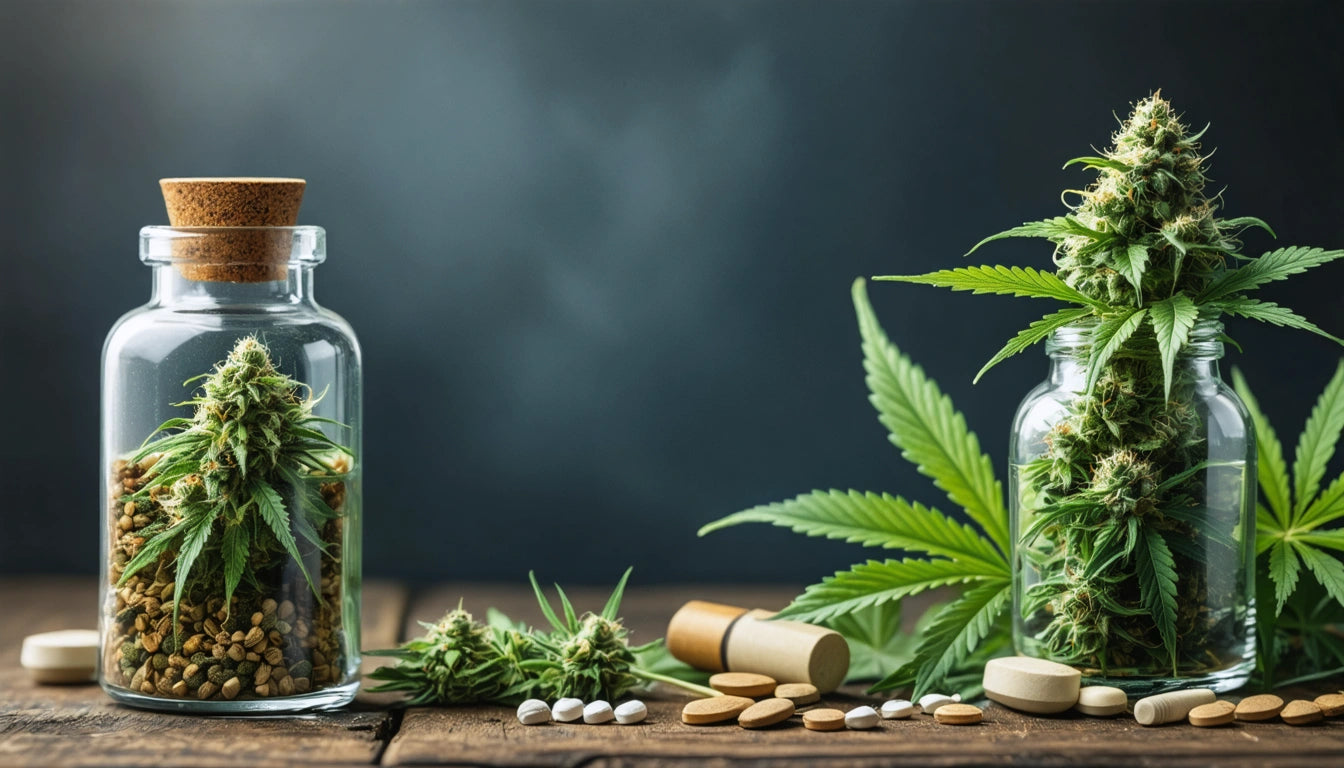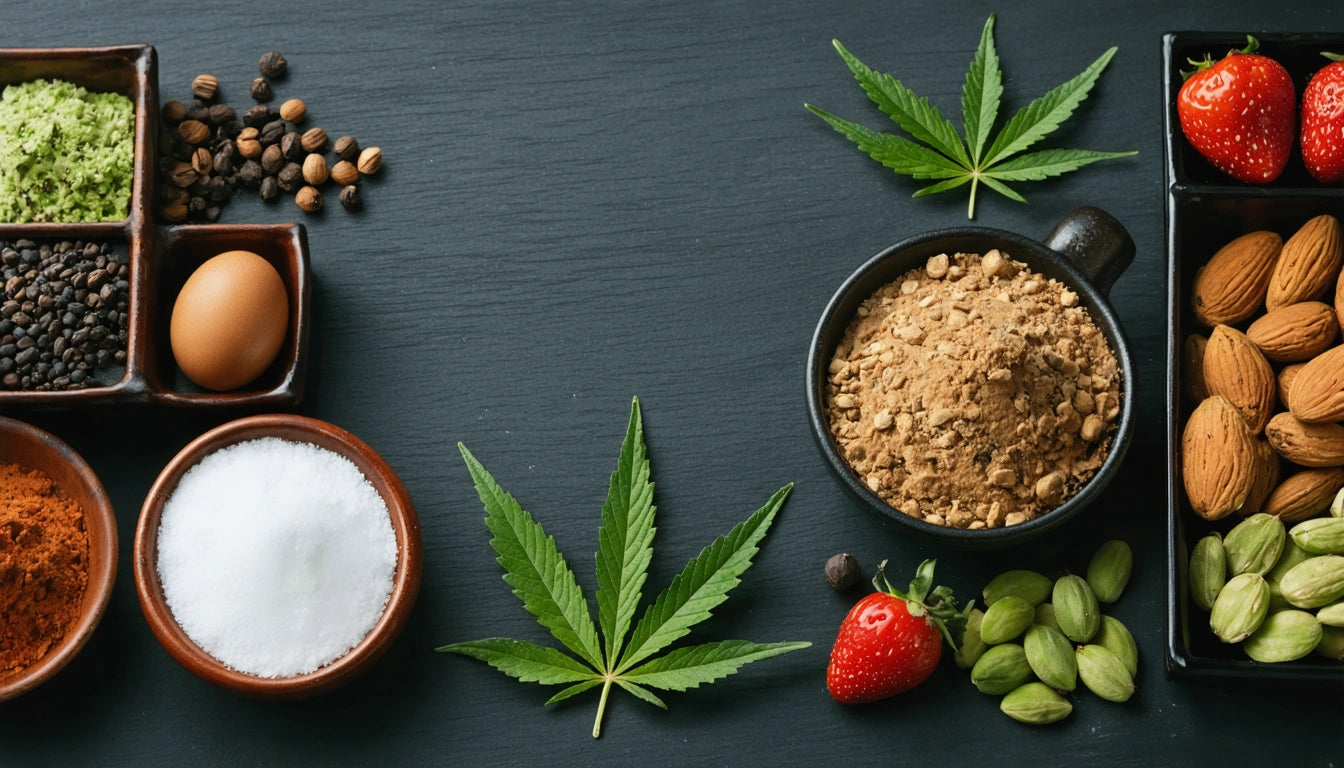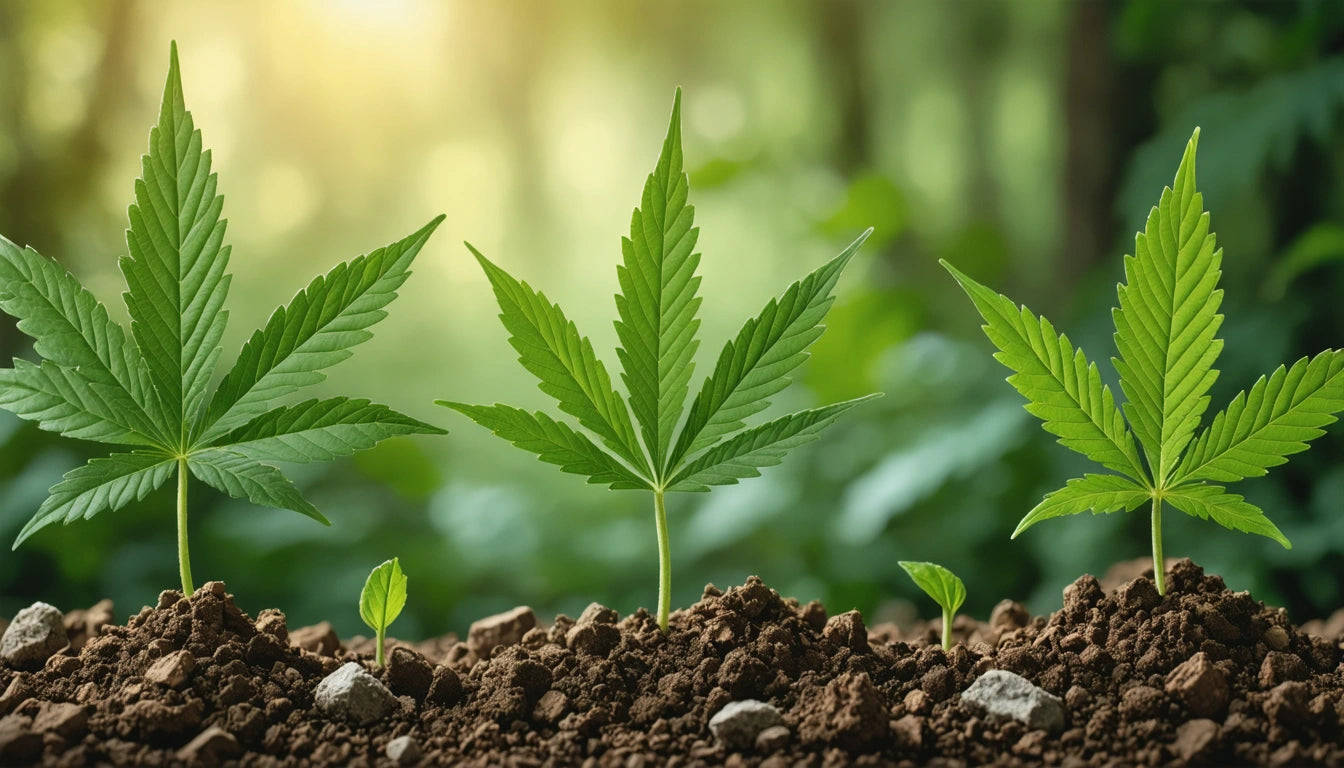Table of Contents
Microdosing cannabis involves consuming very small, measured amounts of cannabis to achieve subtle effects without experiencing significant impairment or intoxication. This approach allows users to harness potential therapeutic benefits while maintaining cognitive clarity and functional capacity throughout the day.
Defining Cannabis Microdosing
Cannabis microdosing typically involves taking 1-5mg of THC per dose, significantly less than recreational doses which often range from 10mg to 30mg or higher. The goal is to stay below the psychoactive threshold where noticeable intoxication begins. This practice has gained popularity among both medical and recreational users seeking functional benefits without the high.
Unlike traditional cannabis consumption aimed at producing obvious effects, microdosing focuses on subtlety. Users often report enhanced mood, reduced anxiety, or improved focus without feeling stoned. This makes microdosing particularly appealing to professionals, parents, and others who need to remain clear-headed throughout their day.
Benefits of Microdosing Cannabis
Many users turn to microdosing for specific therapeutic purposes:
- Anxiety management without sedation
- Pain relief with minimal cognitive effects
- Mood enhancement without euphoria
- Improved focus and creativity
- Better sleep without morning grogginess
Research suggests that THC may exhibit a biphasic effect, meaning low doses can produce different, sometimes opposite effects compared to high doses. For example, while higher doses might increase anxiety in some users, microdoses may reduce it. Understanding the difference between THC and CBD can help users tailor their microdosing approach.
How to Microdose Cannabis
Finding Your Minimum Effective Dose
The key to successful microdosing is identifying your personal minimum effective dose (MED), the smallest amount that produces desired effects. This varies based on individual factors including body chemistry, tolerance, and the specific effects sought.
Starting with an extremely low dose (1-2.5mg THC) and gradually increasing until subtle benefits emerge is the recommended approach. Keeping a journal to track doses, timing, and effects can help identify patterns and optimize your regimen.
Consistency and Proper Storage
Consistency in dosing is essential for microdosing success. Using precisely dosed products and maintaining proper storage conditions ensures reliable effects. Many users find that humidity control packs for cannabis storage help maintain potency and consistency, especially important when working with such small amounts where slight degradation could significantly impact effects.
Common Microdosing Methods
Several consumption methods lend themselves well to microdosing:
Tinctures and Oils
Sublingual tinctures offer precise dosing and relatively quick onset (15-45 minutes). The dropper allows for easy measurement, making it ideal for microdosing. Oil-based products tend to have longer duration, which can be beneficial for all-day relief.
Edibles
Low-dose edibles (1-5mg THC) provide extended effects (4-8 hours) but require careful timing due to delayed onset. Many manufacturers now offer products specifically designed for microdosing. Understanding how long cannabis effects last is particularly important when microdosing with edibles.
Vaporizers
Temperature-controlled vaporizers allow for precise dosing of flower or concentrates. Taking a single small inhalation rather than multiple puffs helps maintain the microdose range. Effects typically begin within minutes but last shorter than edibles.
Microdosing for Specific Needs
Different conditions may benefit from specific microdosing approaches:
Productivity and Creativity
For enhanced focus and creativity, many users prefer sativa-leaning strains or products with balanced THC:CBD ratios in the morning or early afternoon. Understanding indica vs sativa vs hybrid distinctions can help guide these choices.
Anxiety and Stress Management
For anxiety relief, products with 1:1 or higher CBD:THC ratios often work well, as CBD may help mitigate THC's potential anxiety-inducing effects at higher doses.
Pain Management
For chronic pain, consistent microdosing throughout the day may be more effective than larger, less frequent doses. Some users alternate between THC-dominant and CBD-dominant products to manage tolerance.
Potential Challenges and Considerations
While microdosing offers many benefits, several considerations should be kept in mind:
Legal and Testing Concerns
Even microdoses of THC can result in positive drug tests. Additionally, cannabis remains federally illegal in the U.S., so traveling with cannabis, even in small amounts, carries legal risks.
Tolerance Development
Even with microdosing, tolerance can develop over time. Many users implement regular breaks or rotate between different cannabinoids to maintain sensitivity. Learning about cannabis tolerance can help users develop sustainable microdosing routines.
Product Consistency
Finding consistently dosed products is essential for successful microdosing. Always check for lab testing information to ensure accuracy of cannabinoid content.
Future of Cannabis Microdosing
As cannabis research advances and stigma decreases, microdosing is likely to become increasingly mainstream. More products specifically designed for precise, low-dose consumption are entering the market, making microdosing more accessible to novice users.
The growing interest in functional cannabis use rather than purely recreational consumption suggests that microdosing will continue to gain popularity, particularly as more professionals and medical patients discover its potential benefits. As research evolves, we may develop more targeted microdosing protocols for specific conditions and desired outcomes.











Leave a comment
All comments are moderated before being published.
This site is protected by hCaptcha and the hCaptcha Privacy Policy and Terms of Service apply.